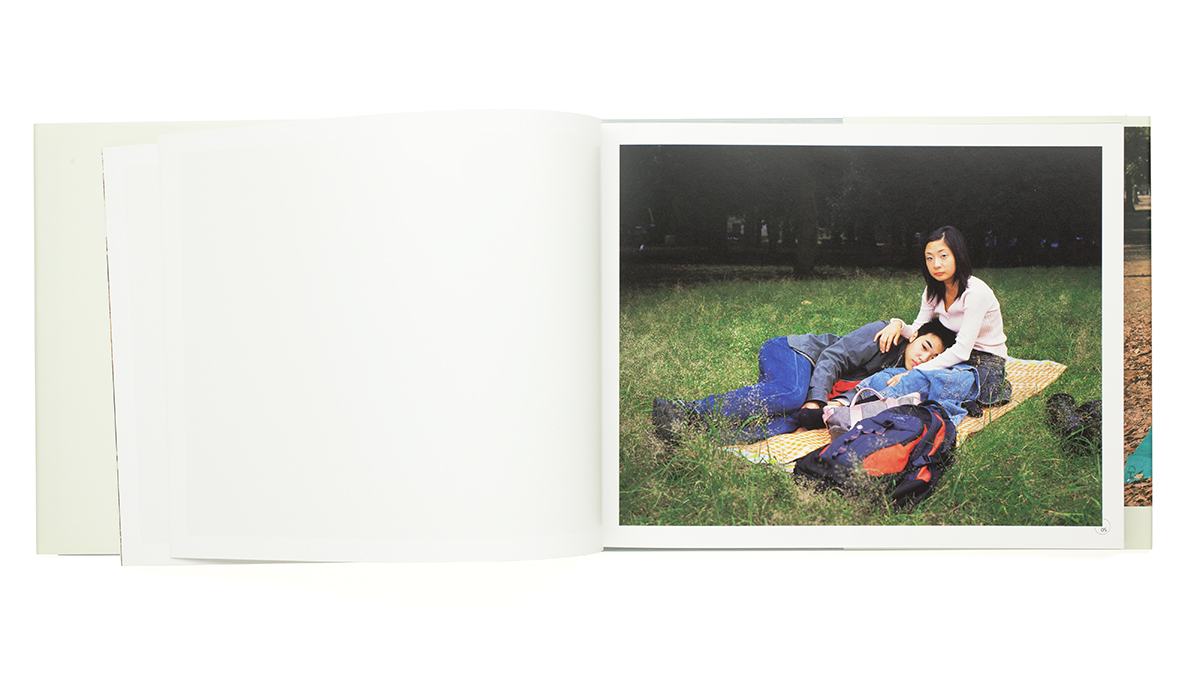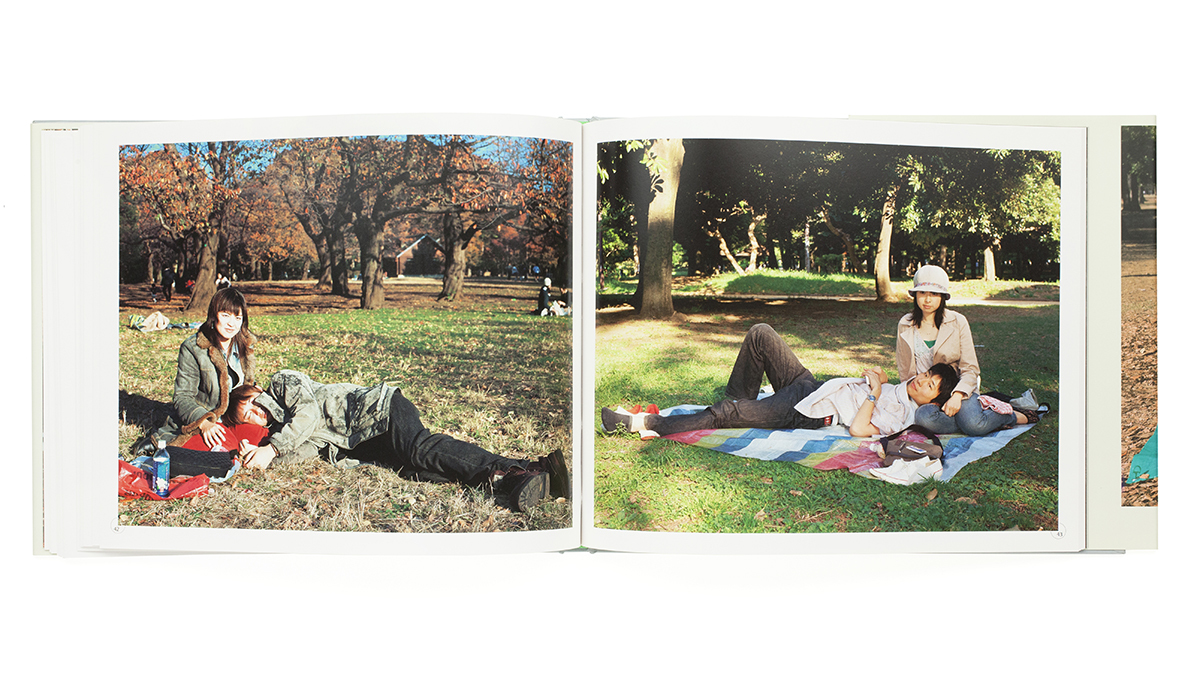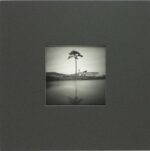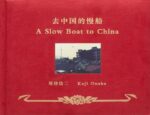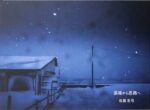Exemplaire Signé.
Prenant la métropole densément peuplée de Tokyo, Seto concentre son attention sur les parcs publics de la ville. Refuge de l’étalement urbain environnant, Seto capture magnifiquement une panoplie de superbes portraits de couples, à l’intérieur des parcs, se situant de telle manière qu’il en résulte des images qui relient à la fois nos intimités sociales dans les limites délimitées de l’espace personnel créé. Prise entre 1996 et 2005, cette collection d’images reflète un sentiment de familiarité envers le spectateur où la nappe en plastique coutumière marque une propriété distinctement territoriale et temporaire de l’espace public. Ces familiarités offrent aux spectateurs l’occasion de s’engager avec nos concepts construits du public contre le privé et nos points communs comportementaux dans ces espaces, où le réel n’existe pas, comme le note le critique Hiroo Koike, mais « les rapports entre photographes et spectateurs » ; photos en couleurs.
Taking the densely populated metropolis of Tokyo, Seto focuses his attention upon the city’s public parks. A refuge from the surrounding urban sprawl, Seto beautifully captures an array of stunning portraitures of couples,within the parks,situating himself in such a way which result in images that bind both our social intimacies within the marked out confines of created personal space. Covered faces,confronting stares to simply indifferent reactionsall reflect the captured subject’sengagement to Seto’s lens wherethe cameraacts as anintrusion, almostalerting the subjects to the presence of a foreign body which hassuddenly crossed the invisible boundary of personal space. Captured in between 1996-2005 the collection of images reflect a sense of familiarity towards the viewer where the customary plastic sheet marks out a distinctively territorial and temporary ownership of public space. These familiarities provide viewers the opportunity tomomentarily engagewith our constructed notions of the public vs the private and our behavioral commonalities within those spaces, wherethe real doesn’t exist, as critic Hiroo Koike notes, but « appearsin the relationships between photographsandviewers ».


